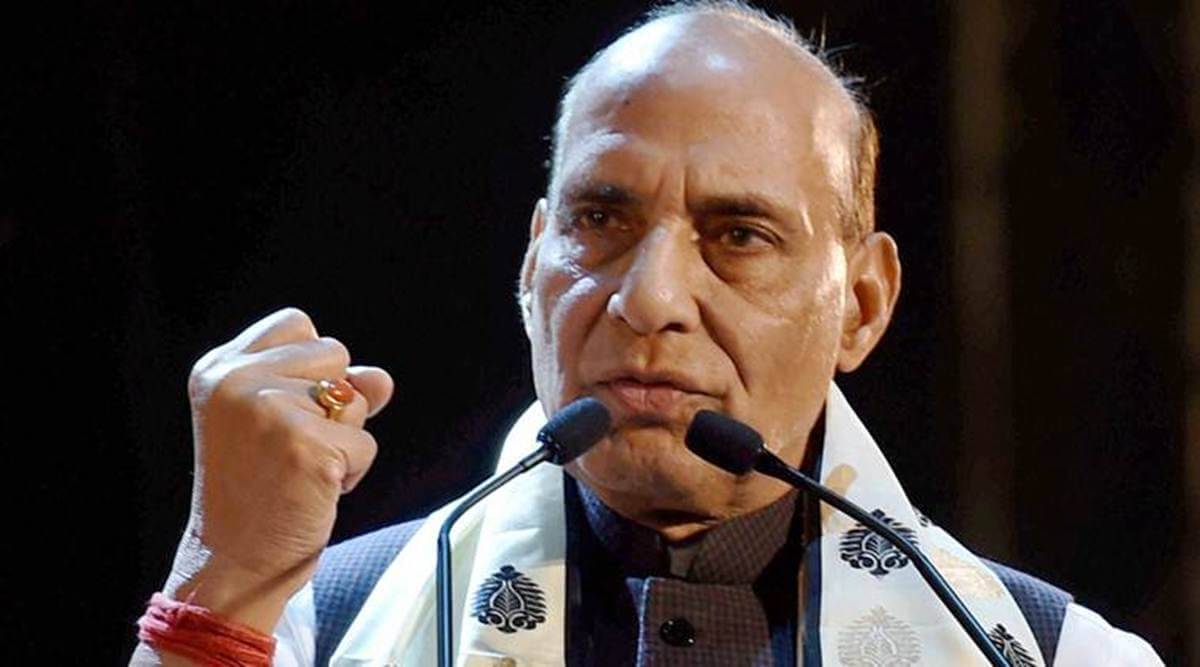At a media briefing on Thursday, the spokesperson for India’s Ministry of External Affairs (MEA), Anurag Srivastava, said that India and China “continue to maintain close communication through diplomatic and military channels with the objective of ensuring complete disengagement in all friction points along the LAC in the western sector and for full restoration of peace and tranquillity”. Referring to the ongoing negotiations regarding disengagement, on Tuesday, India’s Chief of Army Staff, Gen MM Naravane, also said that he hoped for “an amicable resolution” of the standoff through talks based on “mutual and equal security”.
In the midst of these hopeful developments along the long-disputed border, Indian Defence Minister Rajnath Singh gave a “stern” but indirect message to China. On Thursday, during an interview on the occasion of Armed Forces Veterans Day, Singh said, “We don’t want war, but if any superpower wants to hurt our self-esteem, then our soldiers are capable of giving a befitting reply”. The minister also added that “India does not want conflict with anyone; it wants peace and friendly ties, since it’s in our blood and culture.”
Armies of both sides have now conducted eight rounds of military talks under the Working Mechanism for Consultation and Coordination (WMCC) on India-China border affairs. The date for the delayed ninth round of dialogue between the corps commander-level officers is yet to be announced. Noting that the latest round of WMCC was held on December 18, Srivastava further added that “the two sides have agreed to hold a next round of senior commanders meeting, and are in constant communication through diplomatic and military channels in this regard”.
In a positive development, following the sixth round of the WMCC talks in September, both sides announced a series of decisions, which include refraining from sending more troops to the border and unilaterally changing the status quo on the ground, and avoiding escalation of the situation. Current talks between the two militaries are hopeful of furthering these resolutions and putting them into action.
These developments come against the backdrop of the Indian government’s decision to sign its largest indigenous defence procurement deal worth $6.5 billion. The deal, which was signed on Wednesday, allows for the manufacturing of 83 LCA Tejas Mark1A light combat fighter jets by the state-owned Hindustan Aeronautics Limited. Singh has hailed the deal as a “game-changer for self-reliance in Indian defence manufacturing” and “a catalyst for transforming the domestic aerospace ecosystem”.
The signing of the deal is significant, as the Indian Army and China’s People’s Liberation Army (PLA) have been locked in a stand-off in eastern Ladakh for over eight months now. Since the Indian army first raised alarm over Chinese intrusions far exceeding the usual patrolling points on the LAC in May 2020, nearly 50,000 Indian Army troops have been deployed in a high state of combat readiness to several difficult terrains in eastern Ladakh in sub-zero weather conditions. Officials claim that even China has also deployed an equal number of troops. The conflict escalated in June, when both armies clashed at Galwan Valley and a violent hand-to-hand fight resulted in the death of 20 Indian soldiers.
India and China Continue Diplomatic Discussions to Disengage Along LAC
The Ministry of External Affairs said that India and China have been in regular communication to ensure disengagement on all points of friction along the Line of Actual Control.
January 15, 2021

SOURCE: FILE PHOTO
